
The Social Status of Women in Ancient Greece: The Truth Revealed – The Olympic Games for Females (Part 2)
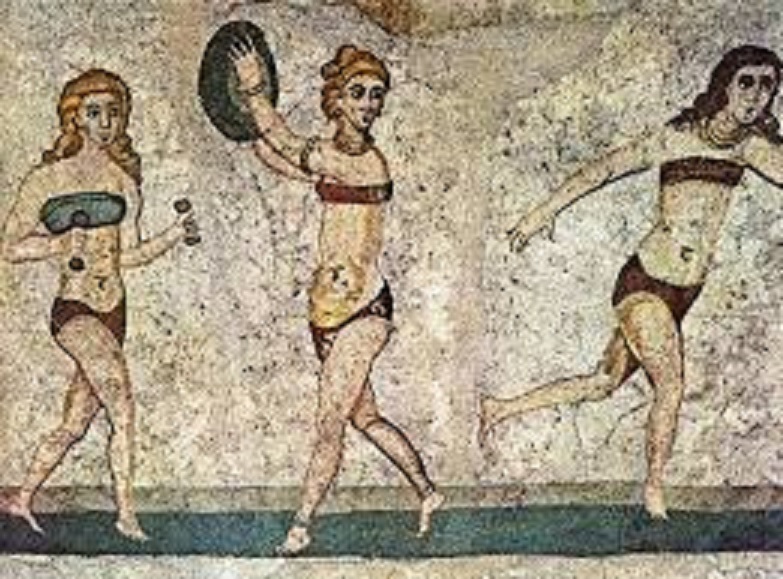
For Part 1 of the article Click Here: Part 1: The Truth Revealed
The existence of Olympic Games for females, in Ancient Olympia, is one of the most well kept secrets in history; yet, their existence has been documented beyond any shadow of doubt.
Besides, athletics (aka sports) for females was a widespread phenomenon throughout Ancient Greece: in Minoan Crete, in Sparta, in Delphi, in Chios… even in Attica.
So as to get a better understanding about Ancient Olympia, the Olympic Games for females and the relevant ancient female deities, we need to go further back in time.
The Great Deity Gaia and the Goddess Hera:
Nowadays we have been accustomed so much to the idea of identifying (in the sense of connecting) Olympia, with the sanctuary of Zeus and the (male) Olympic Games, that we get extremely surprised when we learn that Olympia was originally one of the most important sites in regards to the Great Goddess, Mother Earth.
Indeed, the most ancient deity of Olympia is Gaia (aka Earth). Her worship, or cult, is connected with the figure of the chthonic Aegean deity-mother (by the term Aegean deity, we are referring to the deity that was worshiped in the areas of the Aegean high seas). The worship of the fertility goddess, during the Mycenaean era, was connected with the figure(s) of Hera, Demeter and Hippodamia…
Elements that clearly reveal the fact of the ancient female goddesses’ dominion in Olympia are: the very old worship of Hera in Altis, the role of the priestess of Demeter during the Olympic Games and the goddess’ altar in the stadium.
What is more, in the North-West side of the hill, which later became known as Kronion, existed a deep gap inside the earth. According to ancient beliefs, from this gap, the powers of earth emerged and hence, it was deemed as the right place to create a shrine / oracle, similar to the one of Delphi.
Furthermore and according to Aeschylus, the “Seeress of Gaia (Earth)” was far older then the oracle of Apollo (a god that belongs to the patriarchal era). Respectively, the word Olympia derives from the word Olympus, which stands for mountain, or ground, and hence, the adjective of the goddess: Olympia Gaia (The ground of Gaia)!
Also and according to Pausanias (1. 18,7), a shrine of Olympia Gaia existed in Athens as well… but the transition from a feminine-centred religion (or epoch) towards a masculine-centred religion (or epoch) was a violent one.
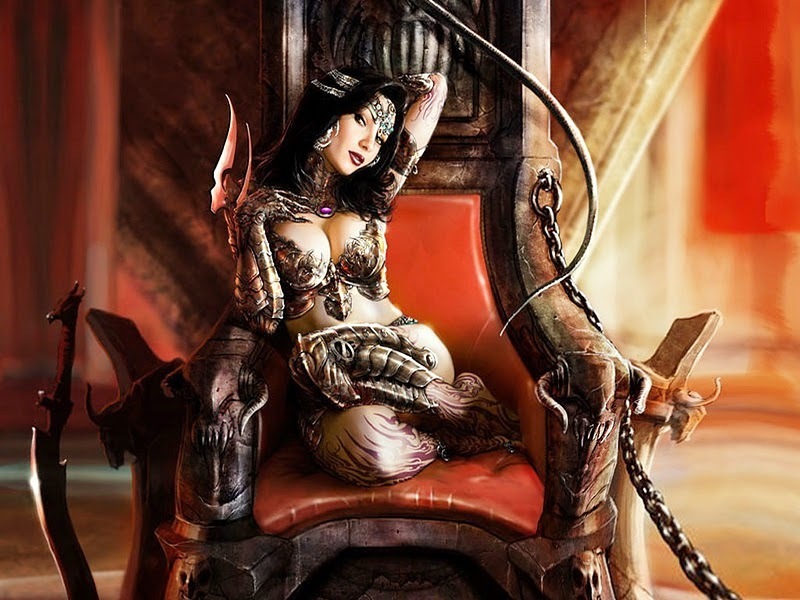
The transition from a feminine-centred religion towards a masculine-centred religion in Olympia
History in a nutshell:
At first, and before the Doric attack, the area of the shrine (of Olympia Gaia) belonged to a city called Pisa (Πίσα) which was located at the east side of Olympia; the citizens of that city were of Achaean origin (these guys worshiped the Ancient Goddess).
Then, during the Doric invasion, people from Ilia (let us call them Ilians) entered the northwest of Peloponnese and eventually invaded the area of Pisa.
In centuries to come, these two groups fought each other and the power-balance switched forth and back between them. During the periods of 748, 644 and 364 BC even though the Ilians had the upper hand, the people from Pisa were still able to organize the Olympic Games.
Eventually, the Ilians and so as to establish a firm rule over the guys from Pisa, enforced their own god over the existing belief system from Pisa; and to make things worse, the location that was chosen for their main shrine was the old shrine of Olympia Gaia (you know how it works don’t you guys? Change the title, change the decoration and so forth).
Long story short, they twisted historical facts, they twisted religious beliefs and with the help of propaganda the Ilians did accomplish the following things:
One, they downgraded the role of the fertility goddess Hippodamia (the Mycenaean equivalent of Hera) to just a mortal princess.
Two, they changed the original name, and belief-system, of Gaia into a new goddess called Eileithyia (Eιλείθυια) and her son named Sosipolis (Σωσίπολις).
Three, they spread new myths and twisted old ones so as to impose their own version of the truth (basically they were trying to destroy the culture of Pisa).
Four, they organized the "male" Olympic Games at 776 BC and managed to make them popular (note: Olympic Games were carried out much earlier then 776 BC, a date that mainstream historians try to convince us of).
Side Note: To understand the entire process better, meaning of how a new rule – or religion, conquers an old one, there are various steps that have to be followed. One, to destroy the old churches and then, to build on top of them new churches; an indirect link (of old and new) in the subconsciousness of the believers has been established. Two, a connection has to be made so as to kill the old religion but still, being able to connect it to the new one; in style of a New Testament… So, was it done, with our lovely guys from up North (call them Vikings), in which Christianity basically told them: “With Ragnarök your old religion, your old world and your old gods died… But once everything was done, the sole survivors, of it all, were just a male and a female (bringing Adam and Eve into the equation)… and it was accomplished thanks to the one and only, all-powerful god of Christianity (so the Christian god was introduced as well)”… and they believed everything they were told; and there goes Thor and Loki in becoming just another story in historical records…
A century later, the area falls back to the people of Pisa once again.
Finally, sometime between 472-468 the Ilians accomplish a total victory over Pisa and establish their power over the area of Olympia, permanently. In a final attempt, at 364 BC, in which Pisa with the help of Arcadia tries to overrule the Ilians, Ilia, arises victorious once again.
With the spoils of war that the Ilians gained they rebuild the stadium of Olympia, giving it a more glorious appearance, and they build the temple of Zeus; hence, establishing a masculine-centred religion system.
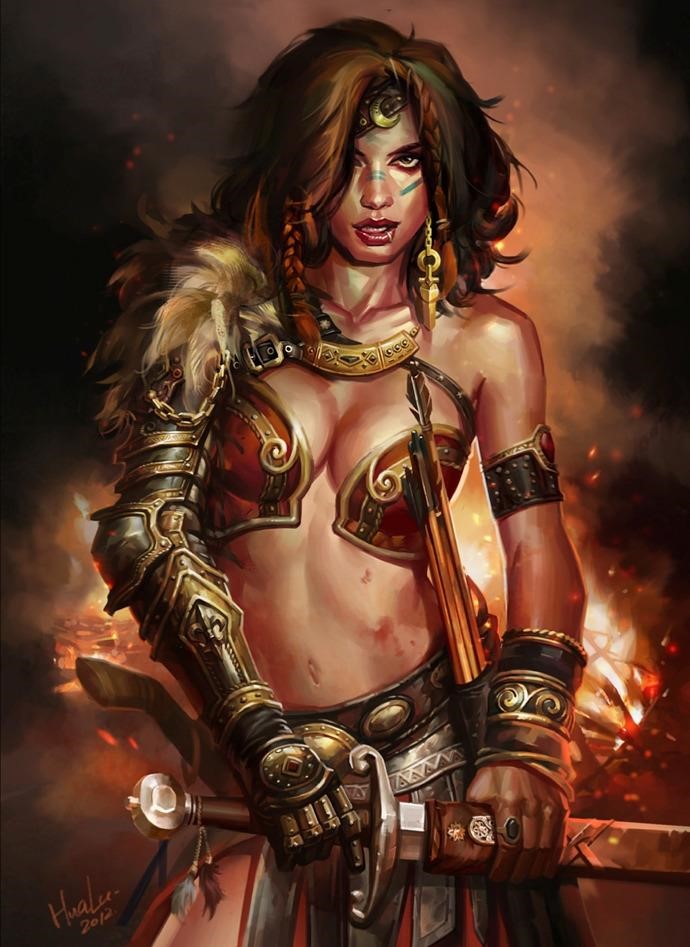
What happened to Gaia and Hera during the (religious) transition?
To begin with, researches such as (B. Walker), propose that Hera’s name and reputation was tarnished during the transition process; for instance, presenting Hera as an extremely jealous wife. It is suggested that Hera’s (also known as the Lady) older version was Rhea (who is portrayed as Hera’s mother) and an even older version is Gaia herself.
Hera, the mother of the Olympian Gods, was the one that gave them ambrosia hence, granting the gods immortality. Moreover, various researchers propose the idea that Ancient Greek authors tried to subjugate Hera to Zeus and that the famous mythological fights, between Zeus and Hera, are the reflections of the primordial fights between the feminine-centred religions vs. the masculine-centred religions.

Heraia (Hραία): The Ancient Olympic Games for Females
What strikes us as a surprise is the fact that the Heraia, the Olympic Games dedicated for females, remain mostly unknown to people.
Not much is known about the Ancient Olympic Games for Females but still some records remain about them…
As Pausanias tells us (Pausanias was a famous Greek traveller and geographer of the 2nd century AD), that every fourth year, races were carried out between “virgins” (unmarried girls) in honour of Hera. It is said that they were established by the legendary Queen Hippodamia so as to thank the goddess for her marriage with Pelops (Πέλοπας). The length of the race was 5/6 of a stadium (roughly 160 meters). The women were wearing a short tunic that left naked (aka uncovered) their right shoulder and their right breast; an apparel that resembled the Amazons. They were divided in three groups according to their age.
The Heraia included many rituals and the price that was given (to the victorious ones) was a crown from an olive tree (a tree symbolizing euphoria, the moon and the Great Mother Earth – later on, the tree was connected to Athena and even later, to Christ) and they were also given a part of the sacrificed cow (which represented Hera).
Keep in mind that the cow represented Hera (the Great Mother Earth and Moon) while the Bull represented Zeus (a symbol of fertility (through his sperm) and the Sun).
Moreover, the girls that won were also given a very special honour: they were allowed to devote illustrations of themselves (something like a bust of their faces or a statue etc.) in the Heraion (Hραίο); the temple of the goddess.
What is more, F.M. Cornford believes that the Olympic Games for females are older than the Olympic Games for males.
How can this be?
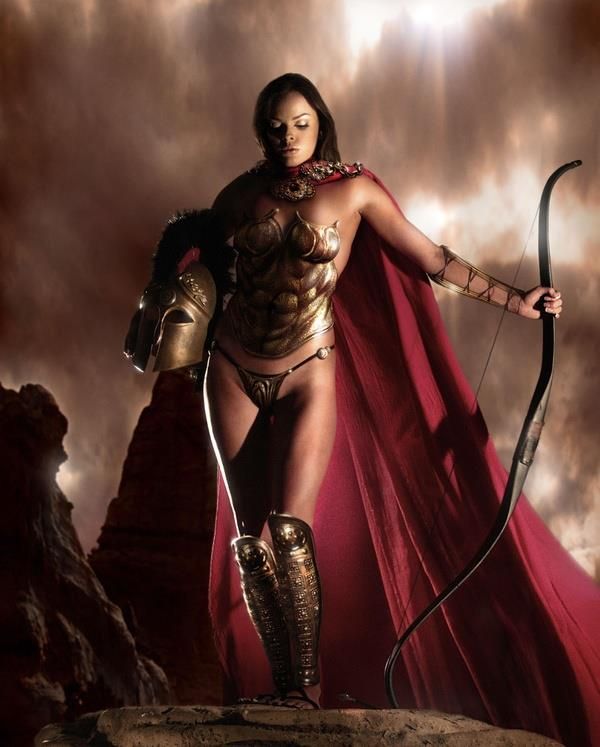
According to researches the Olympic Games for men were carried out in August (aka Apollonio - Απολλώνιο) and in September (aka Parthenio - Παρθένιο) alternately. For example, if the current Olympic Games were carried out during August then, the next Olympic Games would occur during September.
This explains why the Olympic Games for females are older than the Olympic Games for men. Because if the Olympic Games to honour Zeus (referring to the Olympic Games for men) would be carried out constantly before the Heraia it would be an insult to the goddess Hera. If, on the other hand, the Olympic Games to honour Zeus (referring to the Olympic Games for men) would be carried out constantly after the Heraia that would be an insult to the god Zeus.
Consequently, changing the periods in an alternate fashion solved the problem.
If you guys still have trouble understanding it, here is a very simplistic explanation: since the Heraia were older then the “male Olympic Games” their date remained fixed while the new ones had to change their date accordingly (so as not to insult the gods; as explained above).
As a side note: it is assumed that the month Parthenio (September) got its name from the virgin-athletes; because in Greek the word Παρθένος means virgin and according to Ancient Greek Mythology, every year Hera was renewing her virginity by bathing inside something like a holy fountain. Moreover, in Ancient Greece the months of the years were called completely different as they are named today.
Finally, Cornford and Fraizer, propose that the female winner of the Heraia symbolized the Goddess Hera – Hippodamia – Moon while the male winner of the Olympic Games for men symbolized the God Zeus – Pelops – Sun.
Consequently, the primarily goal of the Olympic Games (from both the "male"-games and the "female"-games) was to ascertain the “couple of youth” that would symbolize (or embody) the holy couple of Zeus-Hera, and through a ceremony of a holy-marriage, prayers are made for earth’s fertility.
What does it tell us?
As you can observe everything makes sense when history is approached unbiased and the facts are illustrated as they are.
Respectively, the meaning behind the Olympic Games has been established; and we managed to do so because we considered males and females as equals.
The Olympic Games had a symbolic meaning that reflected the Gods, as well as fertility, and that is exactly why the prize of the Olympic Games was the olive branch (aka crown made from olive leaves) which represented fertility and immortality (or, the eternal cosmic cycle) of the gods (eternity was approached symbolically through the olive tree due to its long lifespan). – Dr Nikolaos Sapounas
In contrast, because contemporary historical records conceal the important role of women, and the existence of the Heraia, not only do they promote misunderstandings in regards to Ancient Greek History but also they cannot accurately explain why the Olympic Games were established anyway; consequently most historians misinterpret everything without making any sense whatsoever.
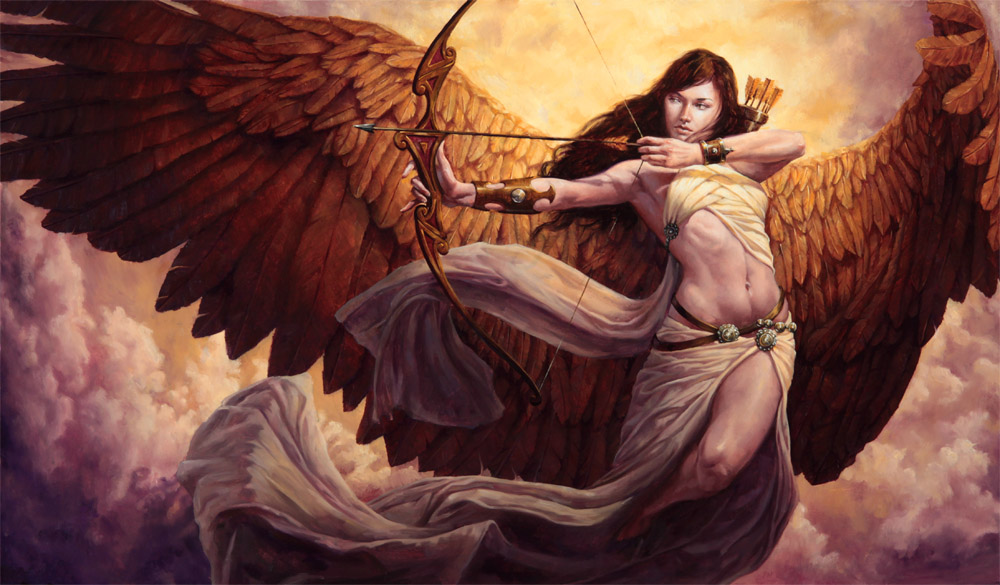
Moreover:
Organizing the Heraia was solely a woman’s job. Sixteen women, coming from the most prominent families, were responsible to oversee everything…
We will not go into much detail here but what we would like to point out is the fact of how highly respected these women were by their society. In other terms, males and females knew their place… and that was of equal status (aka equality)!
Furthermore, when Damofontas (Δαμοφώντας) the tyrant of Pisa died, and who did cause a lot of harm to Ilia, there was no way for the cities of that region to establish peace.
In order to solve the matter, the people of that area decided to call out sixteen women (one from each city) to represent them; these sixteen women were highly respected and came from the sixteen most prominent families.
Consequently, the sixteen chosen women acted as the elders and peace-representatives of each city… and peace negotiations were initiated…
The end-result: It was thanks to these women, coming from these cities, that finally peace was established between the people of Pisa and Ilia.
Which makes us wonder: men acted more warlike while females, which the official historical records constantly try to relegate, were the ones to establish and to keep peace.
What would history look like if females would take up negotiations rather than men?
Author’s side note: The females of our group are smiling right now – implying that maybe females should take over the making of history’s leadership… hm, should I delete these lines (you know, there is the ego of a male popping up here)? Nah… let’s leave the text as it is…
Females in the Olympic Games of males
People are told that the Olympic Games (and in general, that any athletic event of Ancient Greek Times) were dominated by males and that the female-factor was barely present.
But, when taking a closer look it is revealed that the female-factor was actual present in Olympia. For example, the priestess of Demeter was highly regarded to such an extent, that she was watching the Olympic Games while sitting next to the stone altar (which was like the sit solely reserved for the president of the United States).
Furthermore, the ceremony for the Olympic Games, and the Olympic Flame, was carried out by priestesses!
What is more, even during the masculine-centred era, females were allowed to watch the Olympic Games; as long as they were not married. Who says that? Pausanias himself tells it us!
Finally, we should not forget that many females were crowned victorious during the “male”-Olympic Games for the sport of horse-racing (such as (Greek names in brackets): Kyniska (Kυνίσκα), Eyryleonis (Eυρυλεωνίς), Belistichi (Bελιστίχη), Timareta (Tιμαρέτα), Theodota (Θεοδότα) or Kasia (Kασία)).
Note: that the prices went to the owners of the horses and not to the jockeys/riders (similar to the Roman times).
What does all of this tell us?
That, females were not only present as spectators but that they also actively participated during the “male”-Olympic Games!
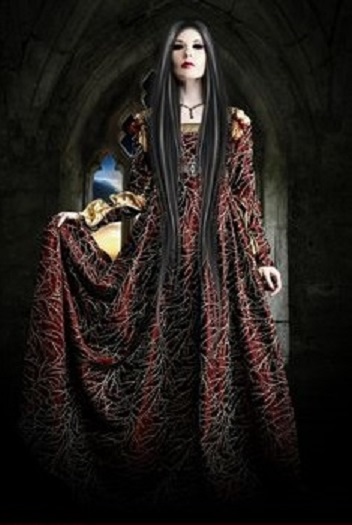
Death and Resurrection:
During the era of Ancient Greece females were considered equals to men and the female-factor was noticeable everywhere.
The end of this equality came through violent occurrences…
The Byzantine emperor called Theodosius A’ (aka the first), who was basically a Greek-hater (search the historical records for yourself) and a religious fanatic, in order to receive forgiveness from the bishop Ambrosius, for the slaughter the emperor caused in Thessaloniki, he forbid the Olympic Games in 393 AD. Two years later Olympia is been plundered and the golden statue of Zeus is transferred to Constantinople only to be burned in fire. In 426 AD Theodosius B’ (aka the second) ordered for the temple of Zeus to be destroyed…
Following the common tactics of Christianity, so as to destroy anything that was relevant to Ancient Greece and to replace the old religions, a Christian church was built on-top of Phidias’ laboratory who did build the famous sculpture of Zeus.
Nowadays, Olympia finds itself, once again, at the centre of the world’s attention due to the Olympic Games – even if the spirit of the contemporary Olympic Games is lightyears away from its Ancient equivalent.
In a world that is masculine-centred, it has a very special and symbolic meaning to observe that the touch of the Olympic Flame is performed in the temple of Hera and that white-dressed females act as contemporary priestesses…
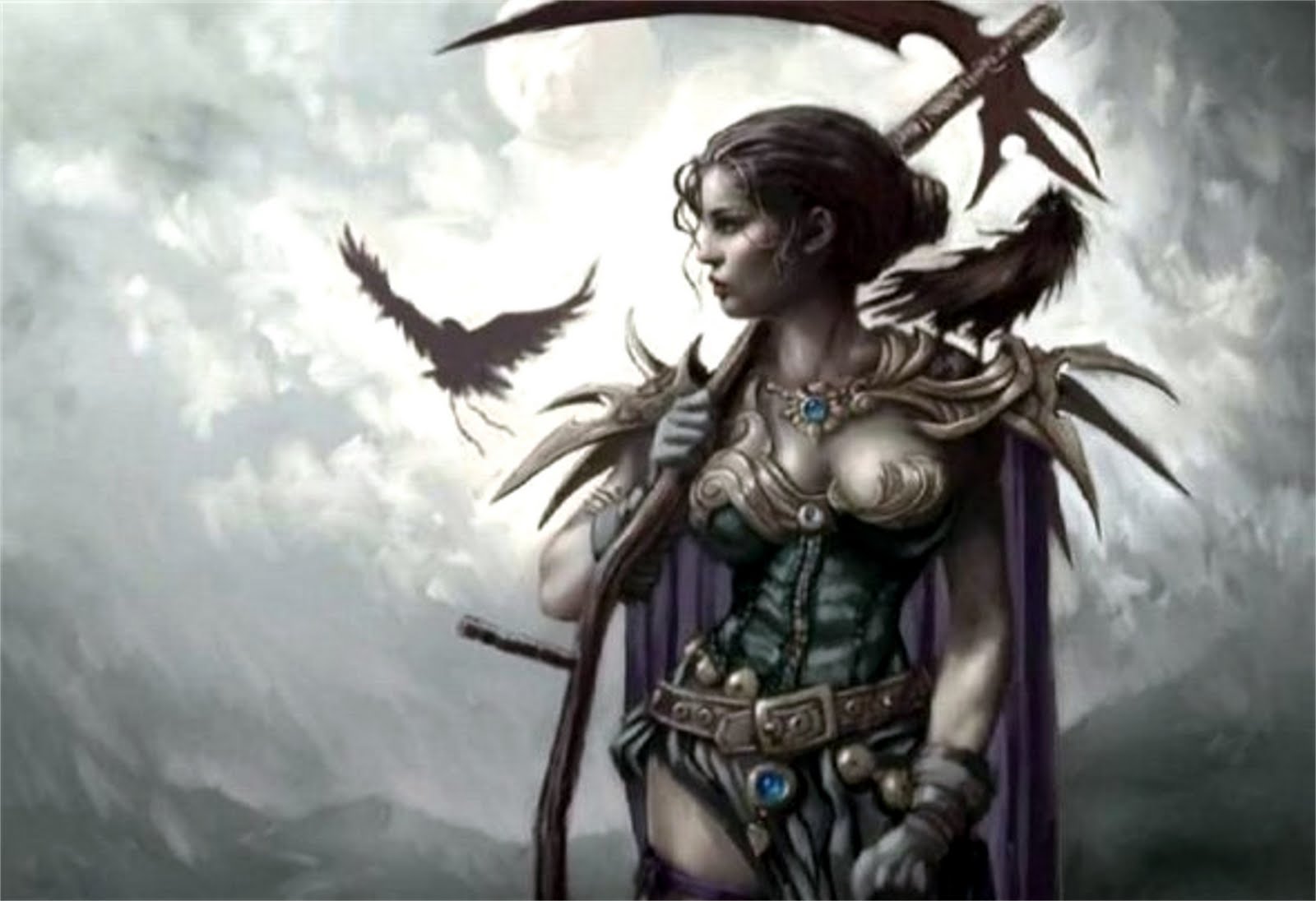
The next and final part of the article will approach affairs from a global perspective, and from a historical standpoint that extends thousands of years back in time.
For Part 3 of the article Click Here: Part 3: History Revealed

So guys,
What do you think about "The Social Status of Women in Ancient Greece: The Truth Revealed (Part 2) – Olympic Games (for Females)"?
Let us know your thoughts of the article by visiting our Forum.
For more articles go to our Brainstorming Section or click here: Brainstorming
Author: nikvas
Published: November 14, 2016
Written For: Ancient Greece Reloaded
Moreover, if you wish to reproduce the article you are more than welcome to do so as long as you cite the source, which in this case is:
Site: Ancient Greece Reloaded
Link: www.ancientgreecereloaded.com
Author: nikvas and the Ancient Greece Reloaded Team
Date: (the date you guys retrieved the article)
Our Mobile Application
Check out Our Mobile Application "Ancient Greece Reloaded"
